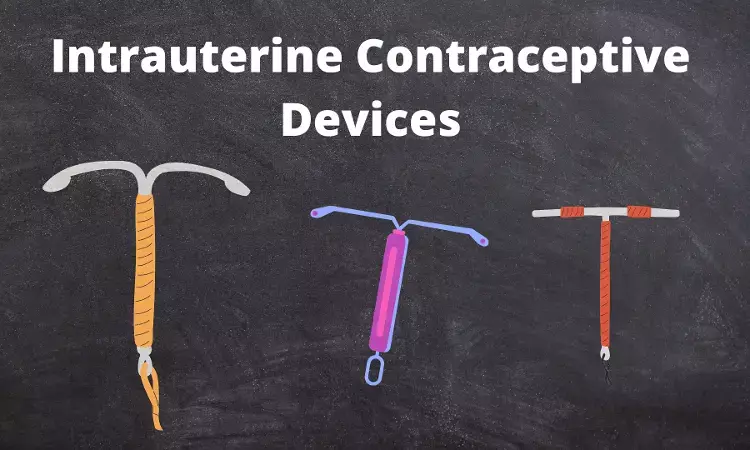- Home
- Medical news & Guidelines
- Anesthesiology
- Cardiology and CTVS
- Critical Care
- Dentistry
- Dermatology
- Diabetes and Endocrinology
- ENT
- Gastroenterology
- Medicine
- Nephrology
- Neurology
- Obstretics-Gynaecology
- Oncology
- Ophthalmology
- Orthopaedics
- Pediatrics-Neonatology
- Psychiatry
- Pulmonology
- Radiology
- Surgery
- Urology
- Laboratory Medicine
- Diet
- Nursing
- Paramedical
- Physiotherapy
- Health news
- Fact Check
- Bone Health Fact Check
- Brain Health Fact Check
- Cancer Related Fact Check
- Child Care Fact Check
- Dental and oral health fact check
- Diabetes and metabolic health fact check
- Diet and Nutrition Fact Check
- Eye and ENT Care Fact Check
- Fitness fact check
- Gut health fact check
- Heart health fact check
- Kidney health fact check
- Medical education fact check
- Men's health fact check
- Respiratory fact check
- Skin and hair care fact check
- Vaccine and Immunization fact check
- Women's health fact check
- AYUSH
- State News
- Andaman and Nicobar Islands
- Andhra Pradesh
- Arunachal Pradesh
- Assam
- Bihar
- Chandigarh
- Chattisgarh
- Dadra and Nagar Haveli
- Daman and Diu
- Delhi
- Goa
- Gujarat
- Haryana
- Himachal Pradesh
- Jammu & Kashmir
- Jharkhand
- Karnataka
- Kerala
- Ladakh
- Lakshadweep
- Madhya Pradesh
- Maharashtra
- Manipur
- Meghalaya
- Mizoram
- Nagaland
- Odisha
- Puducherry
- Punjab
- Rajasthan
- Sikkim
- Tamil Nadu
- Telangana
- Tripura
- Uttar Pradesh
- Uttrakhand
- West Bengal
- Medical Education
- Industry
Is immediate postabortal insertion of intrauterine devices safe? Study clarifies

SWEDEN: When compared to installation two to four weeks following an abortion, inserting an IUD within 48 hours of a complete abortion seemed safe and was linked to reduced pain scores, states a study published in the American Journal of Obstetrics and Gynecology.
Long-acting reversible contraception, such as intrauterine devices, has been demonstrated to be beneficial for those who have had an abortion because they are frequently at risk for another unplanned pregnancy and a future need for an abortion (IUDs). The likelihood of unintended pregnancies and the consequent need for abortions can be reduced by intrauterine devices because they are well tolerated and safe.
The researchers aimed to assess the prevalence of IUD use at 6 months after a medical abortion up to 63 days of gestation where an IUD was implanted either within 48 hours of a successful abortion or at 2-4 weeks after the procedure.
It was predicted that early IUD implantation following a medical abortion would result in placement rates very near 100%. Additionally, the authors anticipated that early installation would boost IUD usage over the long run while maintaining patient satisfaction and health.
There were 240 patients in the multicenter superiority trial who decided to have an IUD implanted after having a medical abortion at 63 days or earlier. In a 1:1 ratio randomization, patients were split into two groups: the intervention group, which received IUD placement within 48 hours of a successful abortion, and the control group, which received IUD placement during follow-up care two to four weeks later. When severe bleeding and blood clots stop, abortion is considered to be complete. At 3, 6, and 12 months following their abortion, patients were contacted by phone or email to complete surveys. The usage of IUDs after six months was the main outcome of the study. Responses from the 3, 6, and 12 months were used to analyze all other outcomes.
Key findings of the research:
- In comparison to 77.7% of patients in the control group, 82% of patients in the intervention group used an IUD at 6 months.
- In both groups, the rate of successful IUD implantation was comparable.
- The intervention group was more satisfied with the time of their IUD implantation (74.8% vs. 61.4%) and had significantly lower VAS pain levels at IUD insertion than the control group (32.3 vs. 43.4).
- In the intervention group compared to the control group, ultrasound was utilized more frequently to verify complete abortion (39.8% vs. 14.9%); however, only one patient in the control group had maintained a gestational sac. The expulsion rates were the same across all categories.
"When IUDs are given away without charge and patients are scheduled for installation at the abortion clinic, we observe high attendance rates for placement. Patients may have attended placement appointments in greater numbers because they did not need to physically pick up an IUD from the pharmacy, make payment for the IUD, or make an appointment. Regarding the integration of these procedures into clinical practice and recommendations, there are no concerns," the authors wrote.
The researchers concluded that IUD implantation is safe and can be done without an ultrasound scan 48 hours following a medical abortion at 63 days' gestation. When compared to IUD installation at 2-4 weeks after an abortion, it is preferred by patients and is related to lower pain levels, but it does not result in greater usage rates six months following the abortion.
REFERENCE
Hogmark S, Lichtenstein liljeblad K, Envall N, Gemzell-danielsson K, Kopp kallner H, Placement of an intrauterine device within 48 hours after early medical abortion - a randomized controlled trial, American Journal of Obstetrics and Gynecology (2022), doi: https:// doi.org/10.1016/j.ajog.2022.07.063.
Dr Kamal Kant Kohli-MBBS, DTCD- a chest specialist with more than 30 years of practice and a flair for writing clinical articles, Dr Kamal Kant Kohli joined Medical Dialogues as a Chief Editor of Medical News. Besides writing articles, as an editor, he proofreads and verifies all the medical content published on Medical Dialogues including those coming from journals, studies,medical conferences,guidelines etc. Email: drkohli@medicaldialogues.in. Contact no. 011-43720751


